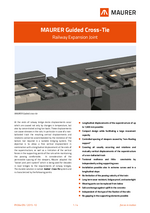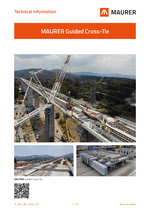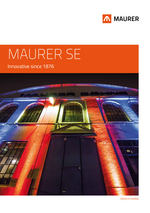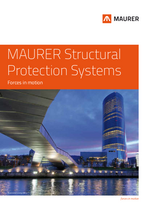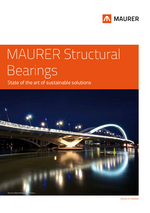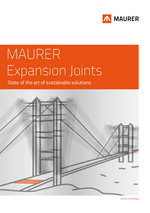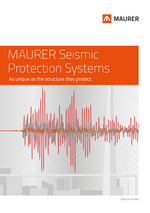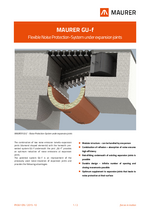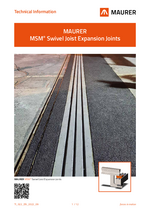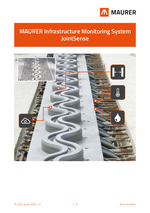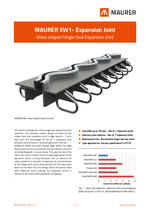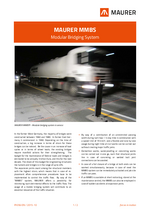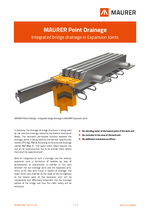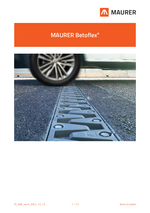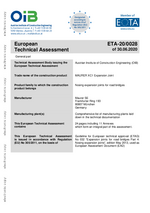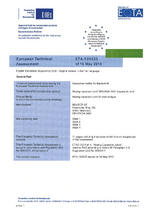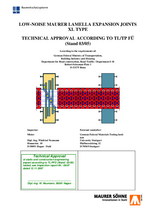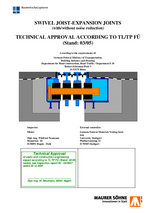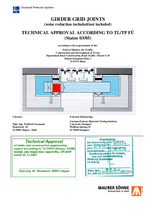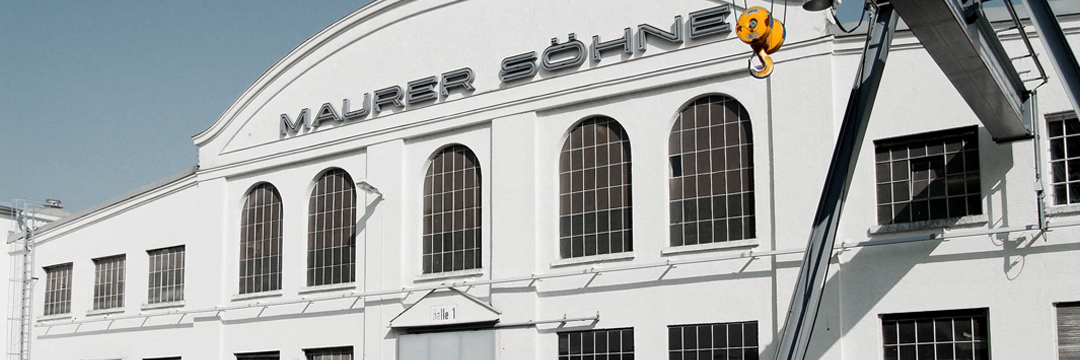
Railway Expansion Joints
Railway bridges face challenges that significantly differ from those of road bridges. Traffic loads are higher and the ratio between dead weight and traffic load clearly differs from a road bridge.
MAURER Railway Expansion Joints are approved by Deutsche Bahn AG.
- Watertight connection between longitudinal profiles and transverse profiles
Mat Expansion Joints (single-seal)
Mat expansion joints (single-seal) for movements < 130 mm
Mat expansion joints (single-seal) consist of an elastomeric profile that is anchored in a steel substructure by means of aluminum clamping profiles. This type of expansion joint is installed underneath the ballast bed.
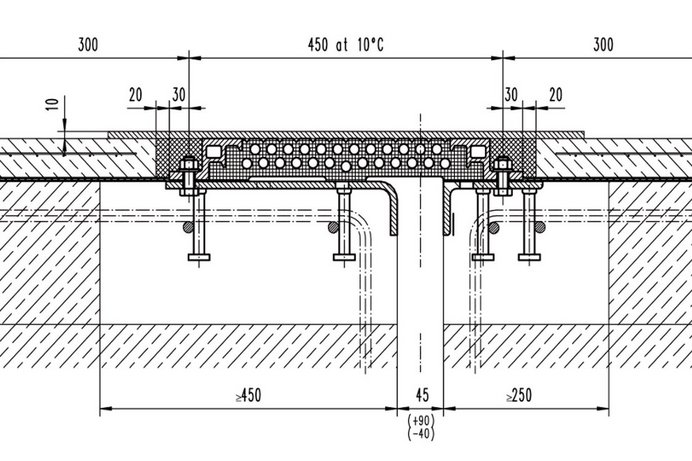
Mat Expansion Joints (multiple-seal)
Mat expansion joints (multiple-seal) for movements < 260 mm
This system is a serial arrangement of two single-seal mat expansion joints enabling higher movement capacity.
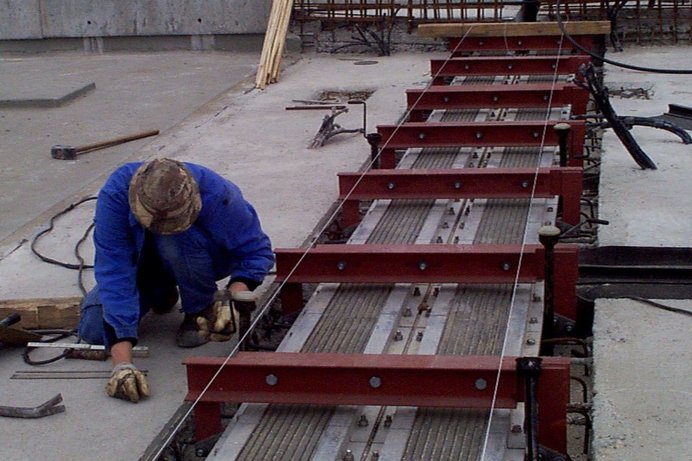
Guided Cross-Tie
Guided cross-tie for movements < 1600 mm
In railroad bridges, movements occurring between superstructure and abutment lead to additional track tension and load on the anchorage. With the guided cross-tie a bridging system has been developed which, on the one hand, ensures that cross-tie spacing does not exceed the permissible value, and, on the other hand, possibly occurring structural movements (displacement, torsion, and twisting) are accommodated without causing damages. We have successfully further developed the “control principle swivel joists”, i.e. elastic forced control proven in road bridges, in such a way that all requirements of railroad traffic are met. The guided cross-tie is aligned in the recess prepared on site and monolithically connected to the structure by molding.
Advantages:
- Standard design for expansion paths up to 1600 mm, axle loads of 250 kN and velocities up to 300 km/h
- Durable, free of constraint forces, and watertight
- Accommodating torsions, lift-proof
- Unimpaired travel comfort
- Easy installation with secure positioning
- Easy inspection and maintenance
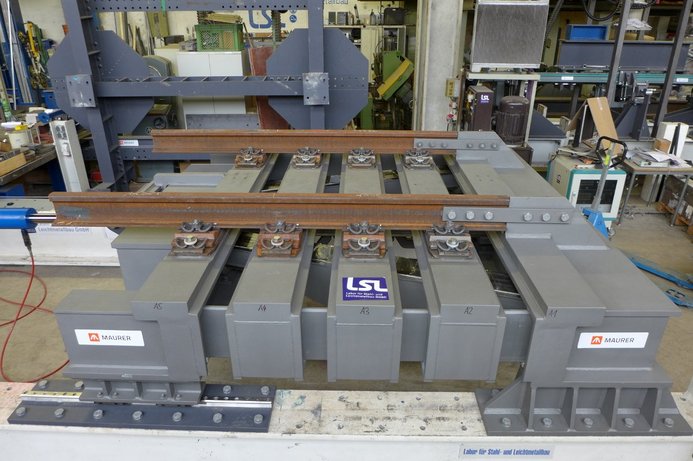
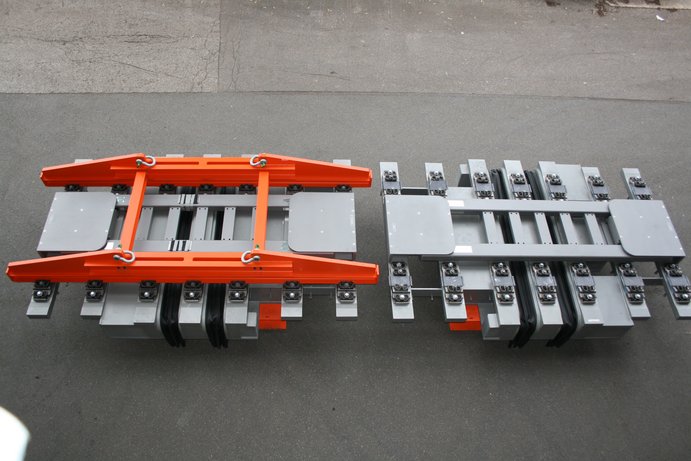
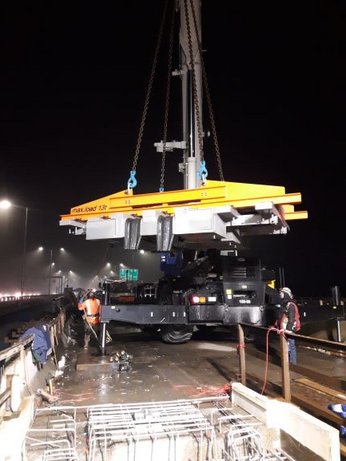
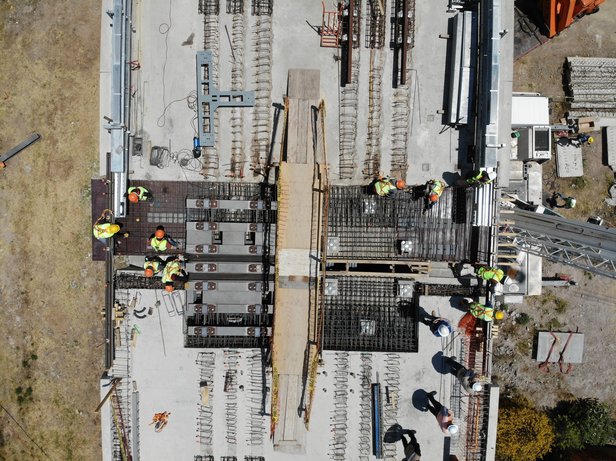
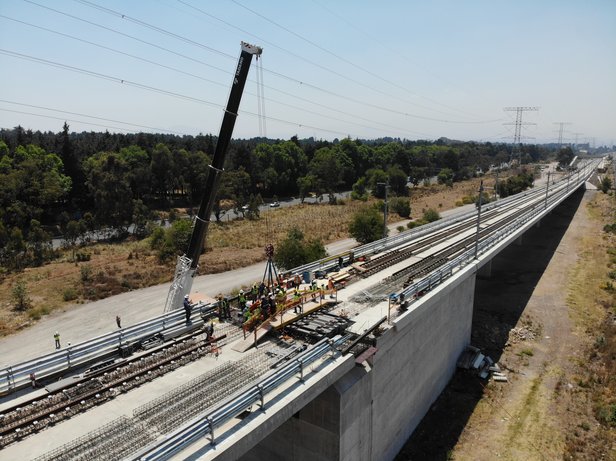
Contact Head Office
MAURER SE
Frankfurter Ring 193
80807 Munich
Germany
Phone +49. 89. 32394-0
Mail








